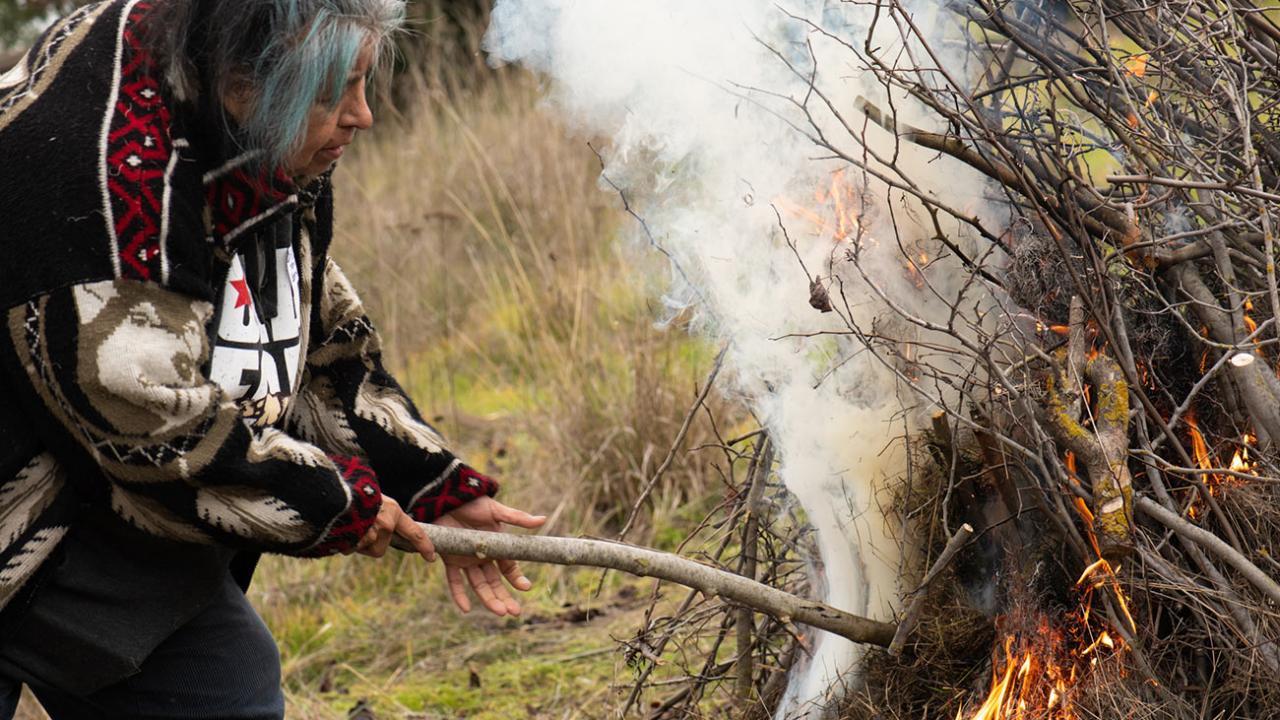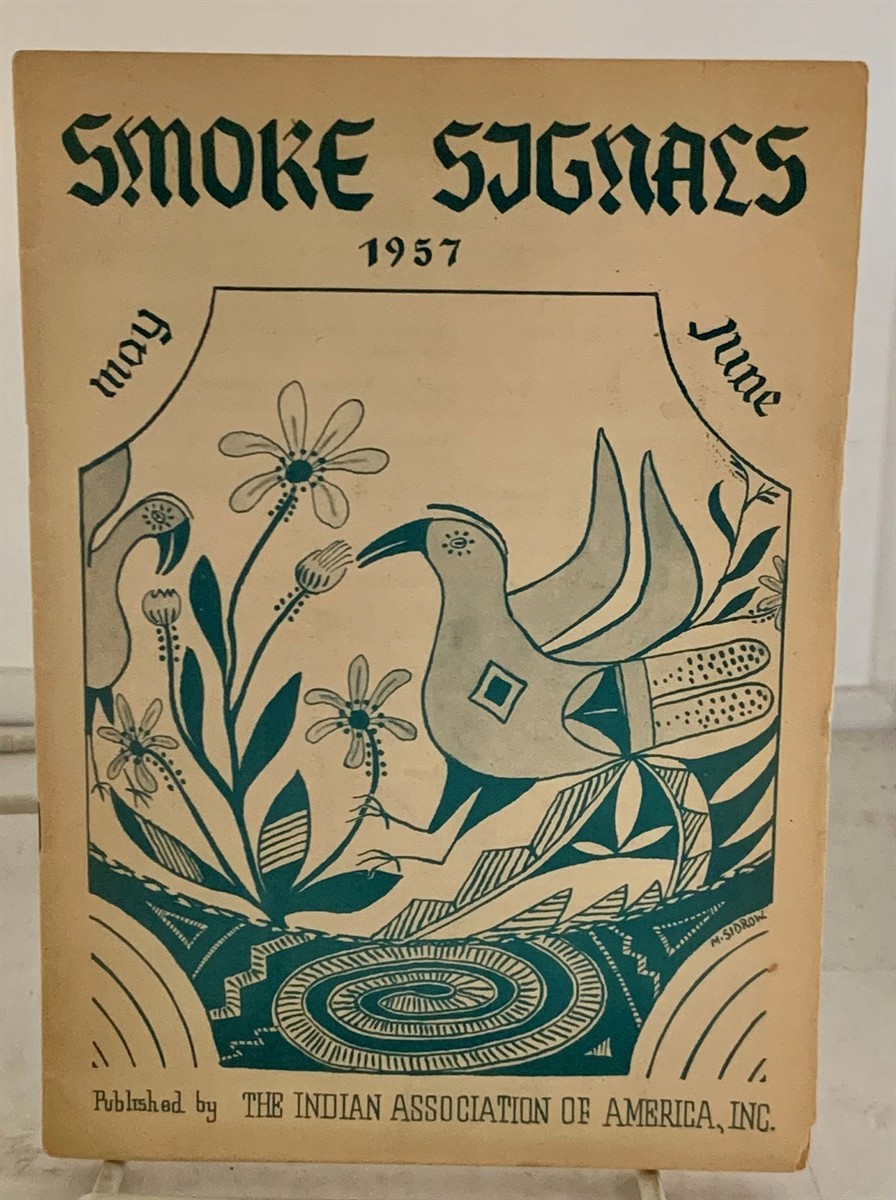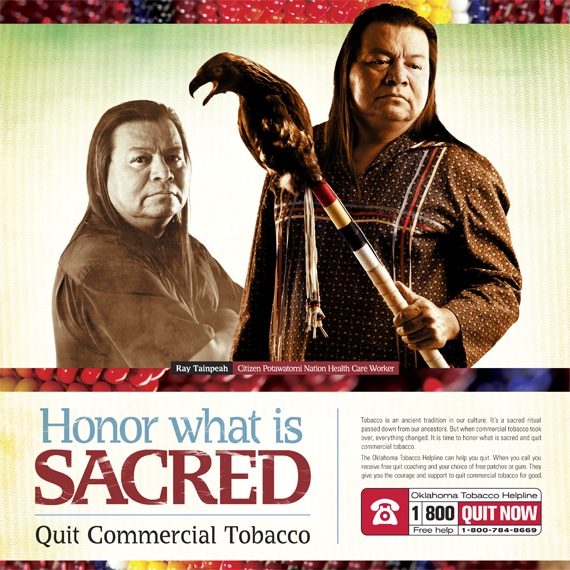Table of Contents
Several Indigenous American areas, consisting of hers, utilize the material in traditional routines and pass down stories about just how and why the developer provided it to them. Custom-mades associated to growing and appreciating tobacco have deteriorated over time, leaving areas exposed primarily to industrial variations of the plantand advancing cigarette smoking addiction.
She is helping lead a movement within her people, the Minnesota-based White Earth Country, to boost typical tobacco use. This shift is not simply for the benefit of reconstructing a disappearing tradition; it is part of an unexpected method to tamp down the people's high cigarette smoking price. Essentially, the strategy is to deal with tobacco with tobacco.
By purchasing a subscription you are helping to make sure the future of impactful stories regarding the discoveries and ideas forming our world today. Also as smoking and lung cancer cells rates have plunged throughout many of the USA, existing intervention techniques have not verified as efficient in tribal communities; they continue to have several of the country's highest possible cigarette smoking rates.
The United State Centers for Disease Control and Prevention says about 32 percent of Indigenous American adults nationwide are smokers. Comparative, smokers compose just around 16 percent of the overall U.S. adult populace. The scenario has become so disconcerting that 2 years ago the National Congress of American Indiansthe nation's oldest and largest company of tribal governmentspassed a resolution developed to tamp down smoking rates and conserve lives.
Fascination About History Of Tobacco

tabacum is much more appealing to commercial passions due to the fact that it generates even more cigarette per plant and its smoke is much less bothersome, making it a good selection for mass manufacturing. N. tabacum and N. rustica both most likely come from in South America regarding 200,000 years earlier, and the latter still expands wild there and in Central America.
American tribes also make use of standard cigarette in a variety of ways. Frequently it is not smoked, and when it is, it is typically not breathed in right into the lungs. Some tribes place it on the ground or shed it in recipe or shell; the smoke is believed to lug prayers to the creator.
Presenting a present of cigarette when an offer or agreement is being built can make the contract extra binding (cultural significance of native smokes). Cigarette is additionally employed medicinally: Sprinkling it on the bed of an unwell member of the family is assumed to safeguard the patient and offer as a healing agent, as Minnesota-based Chippewa tribal members kept in mind in the American Journal of Preventive Medicine

David Greendeer, a former Ho-Chunk lawmaker, told me that the complex procedure of expanding actual cigarette itselftalking to the plant and imbuing it with the cultivator's ideas and energycan be a key part of spiritual custom. The work can be challenging, and produces a reasonably little yield: Once the leaves from Greendeer's individual story of 150 plants in Wisconsin are harvested and dried, there are just about 4 medium-sized coffee canisters of typical cigarette to last him and his family members throughout the year.
A Biased View of Study On Cigarette Packs' Native American Imagery Raises ...
"We can only expand a lot," he says. "It's a shitload of work to get that done."Boudreau and her allies are currently dealing with growing the plant, teaching neighborhood participants concerning traditional use and urging them to give up using cigarettes, or never ever start. Up until now interest has been slow-moving to developbut Boudreau says the concepts are starting to settle.

And in the late 19th and early 20th centuries, churches or the U.S. government regularly took Native American kids from their homes and sent them to distant boarding schools where tribal cultural and language techniques were restricted. This likewise added to the break down in training traditional customs, Goodwin claims. Some people handled to hold onto their historical practices in concealed or secret means, such as substituting cigarettes for aboriginal tobacco at standard events.
Debt: Jean Dakota, Cigarette companies might likewise have added to the high smoking rates amongst Native Americans. Historically these firms marketed to tribal neighborhoods by appealing to their social links with tobaccothus coming to be one of the couple of outdoors teams that highly supported tribal sovereignty and economic development (internal tobacco company records, now public, recommend they had also expected more accessibility to tribal gambling establishments and stores as places to sell their products).
The reasons tribal members start smoking continue to be intricate. As holds true in any other community, a person may light up in action to public opinions, to ease anxiety, or because of lots of various other aspects. Cigarettes remain common at some Indigenous American conventional events - cultural significance of native smokes. Individuals with lower socioeconomic condition normally have the highest rates of smoking occurrence throughout the United States, and most tribal neighborhoods remain disproportionately poor.
Things about First Nations - Indigenous Tobacco Program
And smokers do not appear to be moving to e-cigarettes, devices which have actually usually continued to be out of favor in the community. On a recent visit to the tribe's reservation, the prompt leads for cigarette smoking avoidance and cessation seemed far from guaranteed. Standard tobacco plants grow on small plots throughout the neighborhood, but there are also continuous pointers of commercial cigarette use that could damage a social shift.
But when I asked if they plan to smoke cigarettes when they grow up, one woman quickly claimed "yes" and one more stated "possibly." The last leaned in and trusted, "My cousin smokes. He's 10."For some adults the office can also be a hazard when it concerns selecting up the practice or being revealed to secondhand smoke.
Here, as in numerous tribally had gambling establishments throughout the nation, it can be tough to stay away from cigarettes; lots of people like to smoke while they bet, making supervisors hesitant to bar smoking (cultural significance of native smokes). Cigarettes are also not strained at tribally possessed shops, which makes the item extra cost effective than somewhere else
Table of Contents
Latest Posts
Not known Facts About Exclusive Roofing Lead Generation & Best Tactics To ...
The Basic Principles Of Local Seo Case Study - Seo For Self Storage Company
The 45-Second Trick For The Vape Store - Vape Shop - Ejuice & Disposable Vapes ...
Navigation
Latest Posts
Not known Facts About Exclusive Roofing Lead Generation & Best Tactics To ...
The Basic Principles Of Local Seo Case Study - Seo For Self Storage Company
The 45-Second Trick For The Vape Store - Vape Shop - Ejuice & Disposable Vapes ...